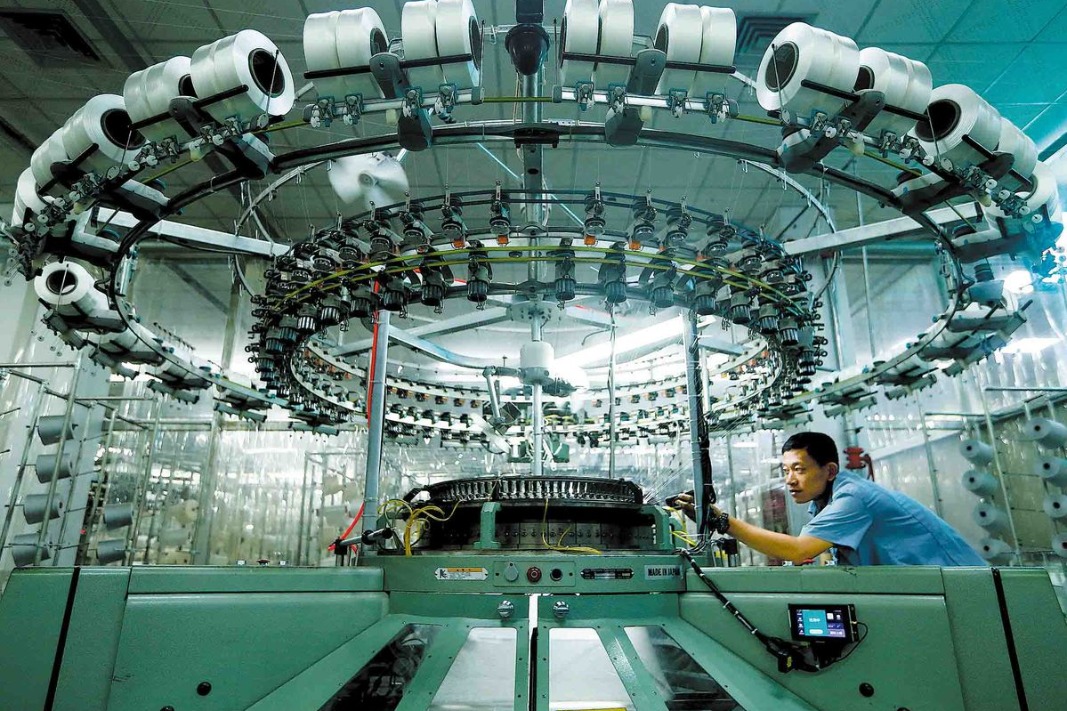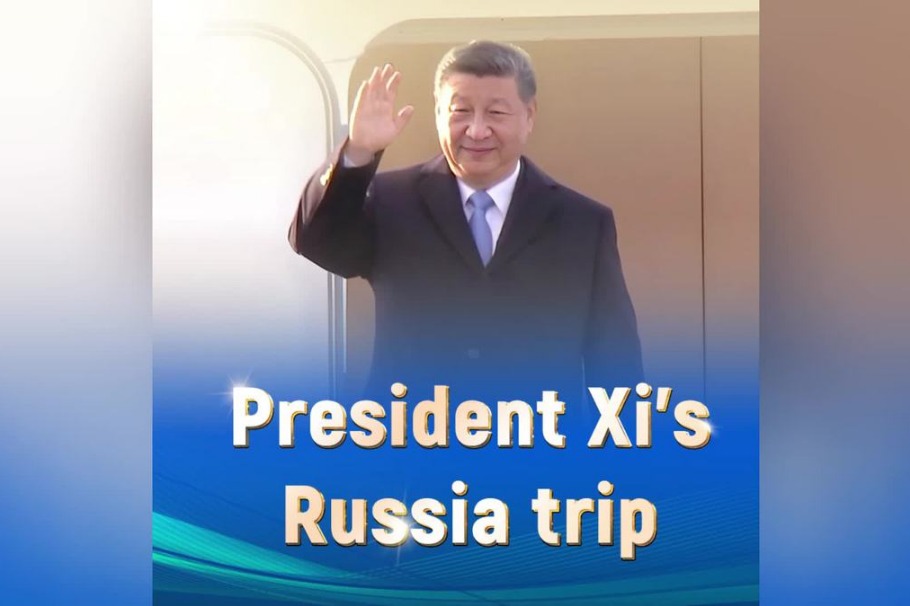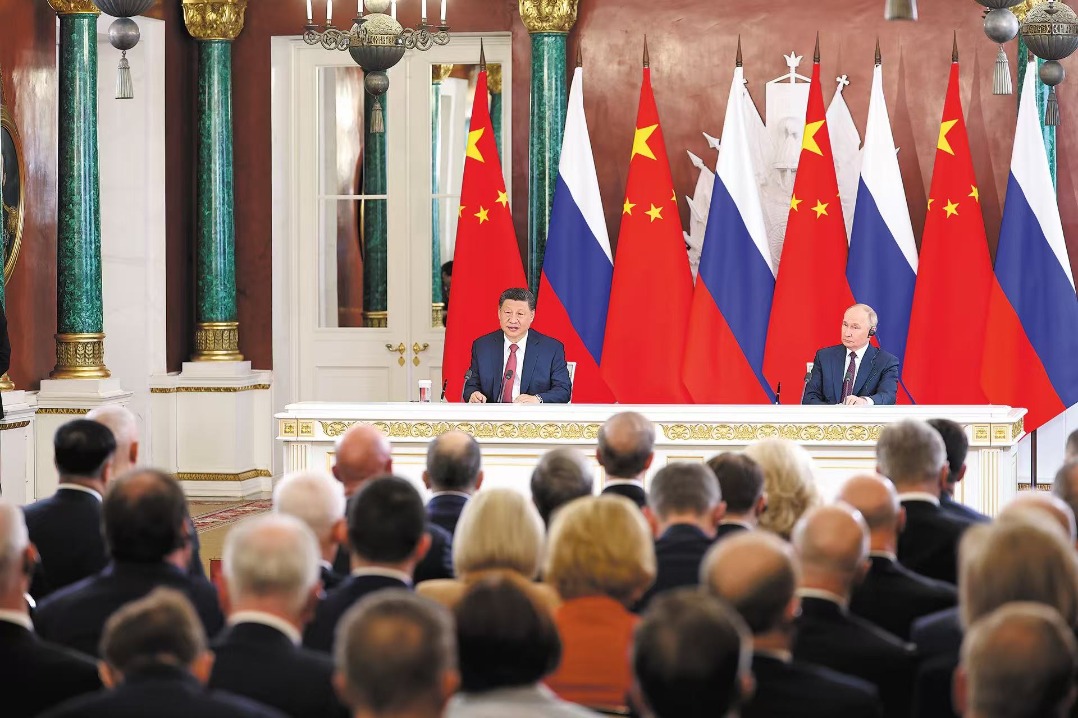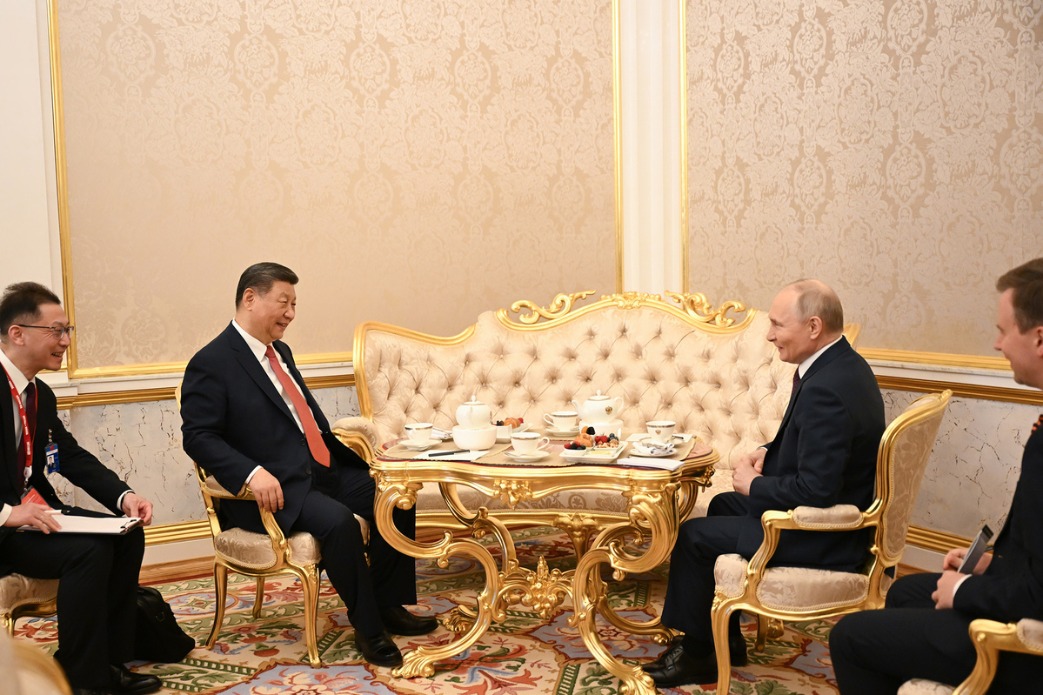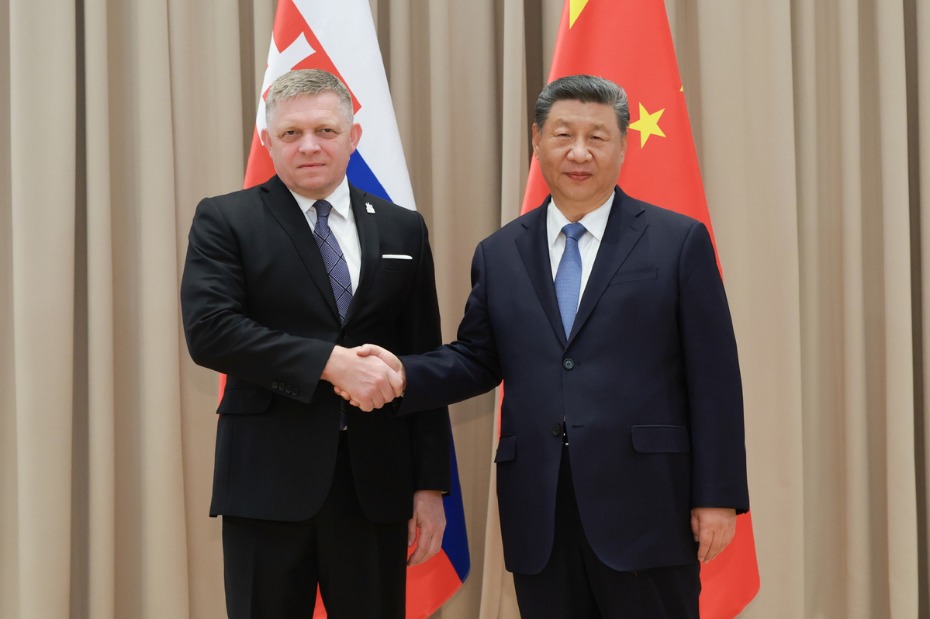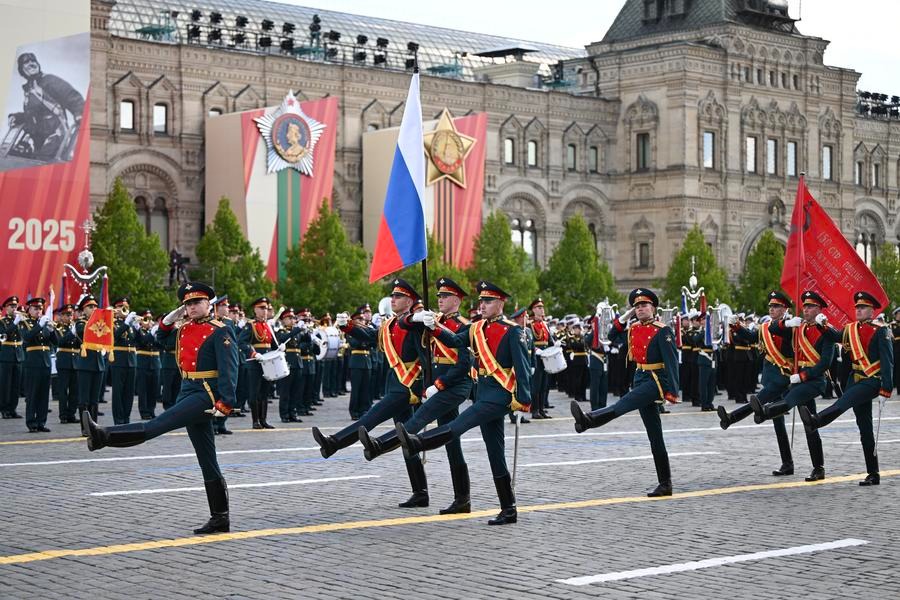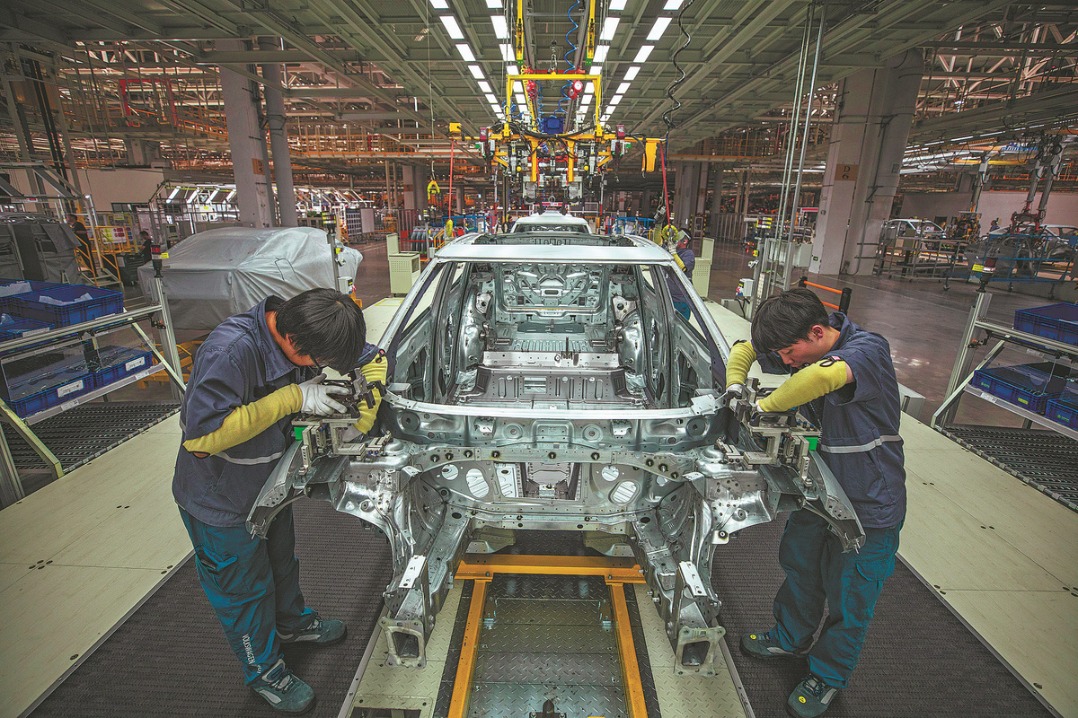Eurasia needs an innovation corridor for artificial intelligence


The race metaphor that dominates talk of artificial intelligence has always felt misplaced. Races finish; partnerships keep accelerating. China and Russia, bookending the Eurasian landmass and linked by decades of scientific exchange, can either compete in parallel or let every research hour and GPU cycle serve both sides. Collaboration is the stronger choice, for reasons that reach beyond any single news cycle.
First comes talent. Commentators still speak of a one way "talent outflow" from Moscow and Beijing to the West. The best graduates of Tsinghua or Skoltech board flights to San Francisco more often than they move laterally across Eurasia to each other. The remedy is to redirect that mobility — by intensifying joint exchanges between Russia and China and by giving young researchers really ambitious projects.
Technology ecosystems point in the same direction. Russia's RuNet and China's internet sphere evolved behind different languages, cultures and rules. Yandex optimizes for Cyrillic privacy norms; Baidu does the same for Chinese-language users. Because neither platform is likely to dominate the other's market, both sides are free to perfect local services and share hard-won lessons — whether in low-resource speech recognition or edge-ready recommendation engines — without fear of direct substitution.
Complementarity is sharper still at the research frontier. China fields the world's largest cohort of AI scientists and operates petascale public clouds. Russia's community is smaller but rests on a century-deep tradition of mathematical rigour that keeps producing fresh algorithms in optimization, probabilistic modelling and physics-informed learning. Scale plus theory is not redundancy; it is synergy.
Evidence of that synergy is already visible. In industry, Sber and Huawei began collaborating in 2021, piloting a "Smart Campus" that wove Sber's Salute voice assistant into Huawei edge devices. The proof-of-concept has evolved into SberCloud-Advanced, a comprehensive cloud suite comprising 37 services that currently drive workloads across Russia.
Academia is matching that pace. This July the Skoltech AI Center and Harbin Institute of Technology will run SMILES-2025, a 12-day summer school expected to gather up to 300 early-career researchers. Morning lectures on generative models and safe reinforcement learning will give way to evening hackathons on rice-disease detection or polarroute navigation — topics chosen because they straddle shared climatic and economic frontiers.
Reliable working links matter, too. Researchers from Skoltech Laboratory of Superconducting Quantum Technologies are working closely with colleagues at the University of Science and Technology of China and Tsinghua University, exploring approaches to error mitigation in multi-qubit superconducting circuits, while the Center for Molecular and Cellular Biology is working with Zhejiang University on how RNA structure steers alternative splicing — work that could unlock next generation therapies. Each project is small in budget yet large in symbolism: collaboration is happening at the quantum and molecular scale alike.
On the computational side, the Skoltech AI&Supercomputing Laboratory, headed by professor Sergey Rykovanov, partners with SIOM to apply deep learning control to high power laser systems, paving the way toward compact particle accelerators and photon sources for advanced cancer therapy. Their HPC workflows simulate laser-plasma interactions, optimize signal processing pipelines and keep the joint infrastructure energy-efficient, turning theory and hardware into deployable technology.
Public policy can amplify this momentum. One practical step would be bilateral compute vouchers that let Russian mathematicians train large models on China's public GPU clouds, while Chinese colleagues refine medical diagnosis networks on federated Russian clinical datasets. An open data charter covering weather, climate risk and industrial safety would allow Yangtze typhoon radar sweeps to meet Arctic wind field lidar, producing continental-scale forecasts neither side could build alone. Cross-border "lighthouse" pilots — hydropower prediction for both the Baikal and Yangtze basins, or federated multimodal cancer imaging — could be co-funded by provincial governments and staffed by mixed academic industry teams. Finally, a shared PhD pipeline with dual supervision would let dissertations themselves become nodes in this corridor, training graduates who think in both languages and both styles of problem-solving.
Coupling complementary strengths would fortify domestic ecosystems while positioning Eurasia to set the global pace in AI. By institutionalizing a seamless flow of people, data and ideas between Moscow and Beijing, the region can leapfrog existing hubs and become the world's foremost center of artificial intelligence. When that happens, the commit logs of tomorrow's defining algorithms will carry both Cyrillic and Chinese characters, and the rest of the world will look to Eurasia for inspiration.
Alexander Kuleshov is the full member of the Russian Academy of Sciences, and president of Skoltech. Evgeny Burnaev is the director of Skoltech AI Center.
The views don't necessarily reflect those of China Daily.
If you have a specific expertise, or would like to share your thought about our stories, then send us your writings at opinion@chinadaily.com.cn, and comment@chinadaily.com.cn.
















